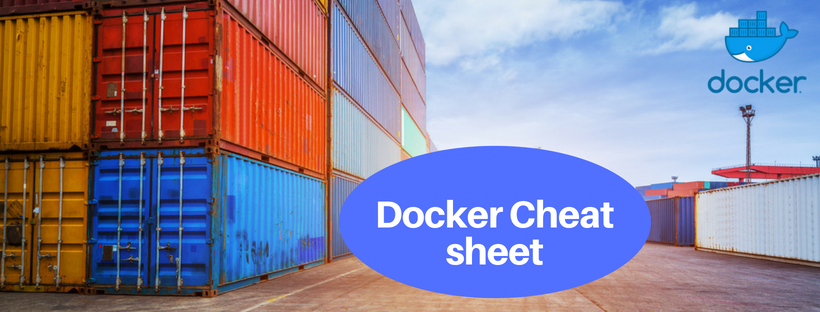
Docker Cheat Sheet
Since I’ll start to work with docker – I’ll need a point of reference. I’ll continue to update this “article” as I continue to work with docker.
Update 2022 – I haven’t used docker for nearly three years – if you land here – take everything with a grain of salt!
Create Basics Images Network Volumes
Creating a container
docker container run
\ -p <src>:<dst> // <src> – port on host machine
// <dst> – port on container
\ –network <name> // put the container in network <name>
\ –name <name> // name of the container
\ –detach // keep it running in the background
\ -v <name>:</path> // <name> of the volume
// <path> where the volume is mounted
<host_path>:<container_path> // mounts a path on host to a container
\ -e <variable> // set environment variablescontainers basics
docker container run -p 80:80 <image_name> --network <network_name> --name --detach <container_name>//creates a container from image ‘image_name’ with name ‘container_name’ and lets it work in background (detach)
docker container ls -a //list all containers
docker container run -it <image> <command>// start container instance with the command started bash
docker container exec -it <container_name> <command>// run command on container_name
docker container logs -f <container_name>// monitor the logs of the container in real time
Images
docker image tag <source image_name> <target image_name>// creates a new tag from source image
docker image build -t <tag_name> .//creates an image from current directory’s DockerFile
Network
docker network ls// list networks
docker network inspect <network>//prints configuration of networks
docker network create <name>//creates a basic network
docker network connect <network> <container>//adds container to a network
docker network disconnect <network> <container>//disconnects container from a network
Volumes
docker volume ls//lists volumes
docker volume inspect <id>//inspect the volume